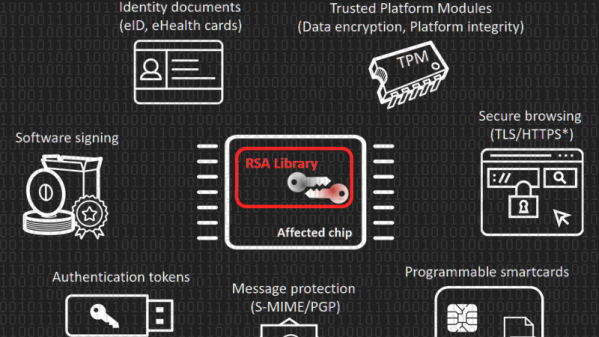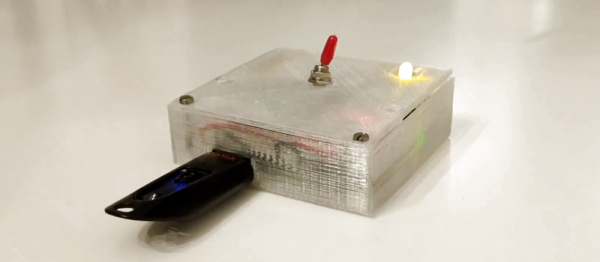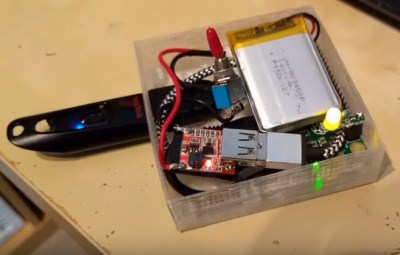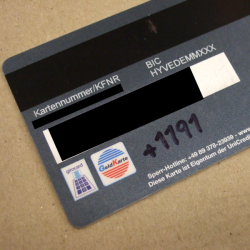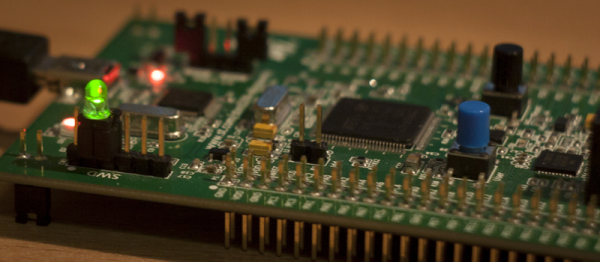So, erm… good news everyone! A vulnerability has been found in a software library responsible for generating RSA key pairs used in hardware chips manufactured by Infineon Technologies AG. The vulnerability, dubbed ROCA, allows for an attacker, via a Coppersmith’s attack, to compute the private key starting with nothing more than the public key, which pretty much defeats the purpose of asymmetric encryption altogether.
Affected hardware includes cryptographic smart cards, security tokens, and other secure hardware chips produced by Infineon Technologies AG. The library with the vulnerability is also integrated in authentication, signature, and encryption tokens of other vendors and chips used for Trusted Boot of operating systems. Major vendors including Microsoft, Google, HP, Lenovo, and Fujitsu already released software updates and guidelines for mitigation.
The researchers found and analysed vulnerable keys in various domains including electronic citizen documents (750,000 Estonian identity cards), authentication tokens, trusted boot devices, software package signing, TLS/HTTPS keys and PGP. The currently confirmed number of vulnerable keys found is about 760,000 but could be up to two to three orders of magnitude higher.
Devices dating back to at least 2012 are affected, despite being NIST FIPS 140-2 and CC EAL 5+ certified.. The vulnerable chips were not necessarily sold directly by Infineon Technologies AG, as the chips can be embedded inside devices of other manufacturers.
Continue reading “Bad RSA Library Leaves Millions Of Keys Vulnerable”

